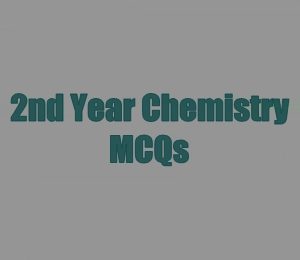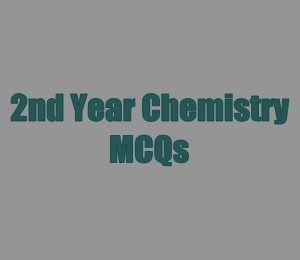In order to get the 1st Year Chemistry Chapter 4 Chemical Bonding MCQs with Answers, you have landed on the right site. Here you will find MCQs for MDCAT, ECAT, NET, and other entrance tests. This chapter is about Chemical Bonding which is the force that holds two or more atoms or ions to form a large variety of compounds. The dot and cross diagram is used to explain covalent bonding and coordinate bonding. Then there are the shapes and bond angles in the molecule described by VSEPR theory. Bond energy and bond length are some characteristics. There are Van der Waal’s forces or Intermolecular forces among the molecules. Now, let’s check out the important MCQs that will help you to prepare for the entry test. Solve the quiz and check the answers that will help you to grip on each topic.
1st Year Chemistry Chapter 4 Chemical Bonding MCQs
633



